Unlock the potential of your Dairy Farm.
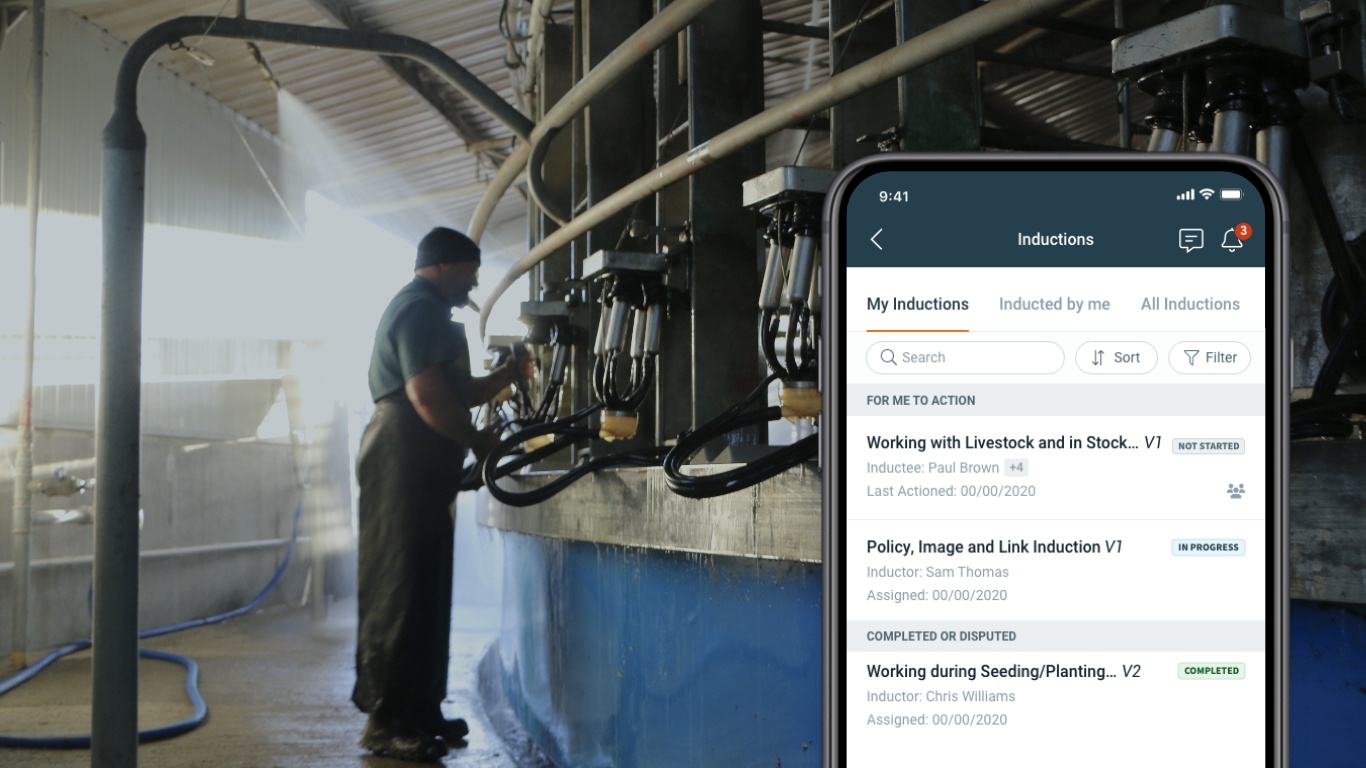
Unique hazards and challenges.
Dairy farmers face a variety of safety challenges, workers are often handling large animals and heavy equipment. Inductions need to be tailored to your industry. Send inductions to workers and contractors before they arrive.
Our purpose built Working with Livestock and in Stockyards induction covers flight zones, use of PPE, hygiene to minimize the risk of zoonosis and animal handling.
Policies and procedures written to meet your specific demands.
Busy in the dairy shed? Make policies and procedures accessible on the App. Communicate your expectations with our Working in Dairy Policy.
Cover your important safety information including working with live animals, safe working conditions (noise, climate and traffic), animal vaccinations, effluent ponds locations and working in confined spaces.
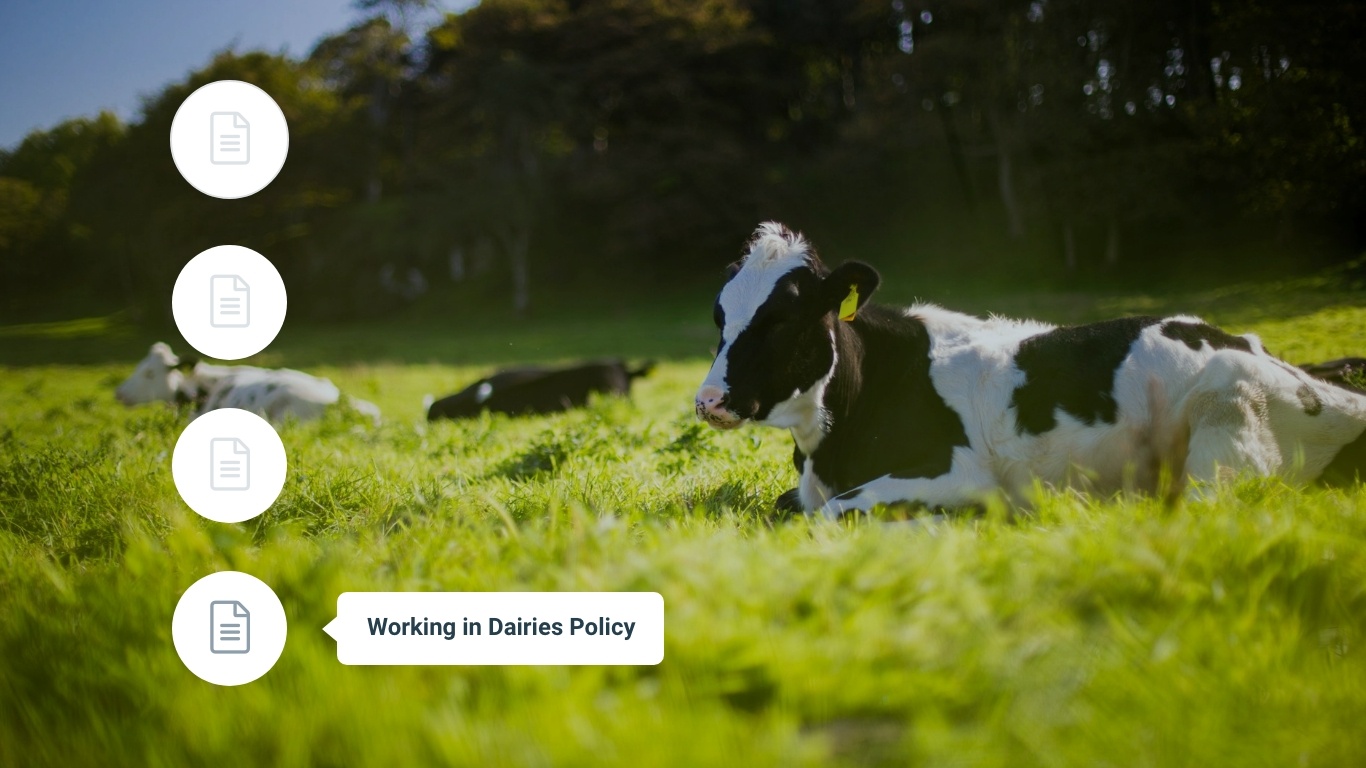
Dairy Industry Snapshot
8.1
Million litres of milk
$6.1
Billion in value of milk leaving farms
33,500
Workers employed by the Australian dairy industry
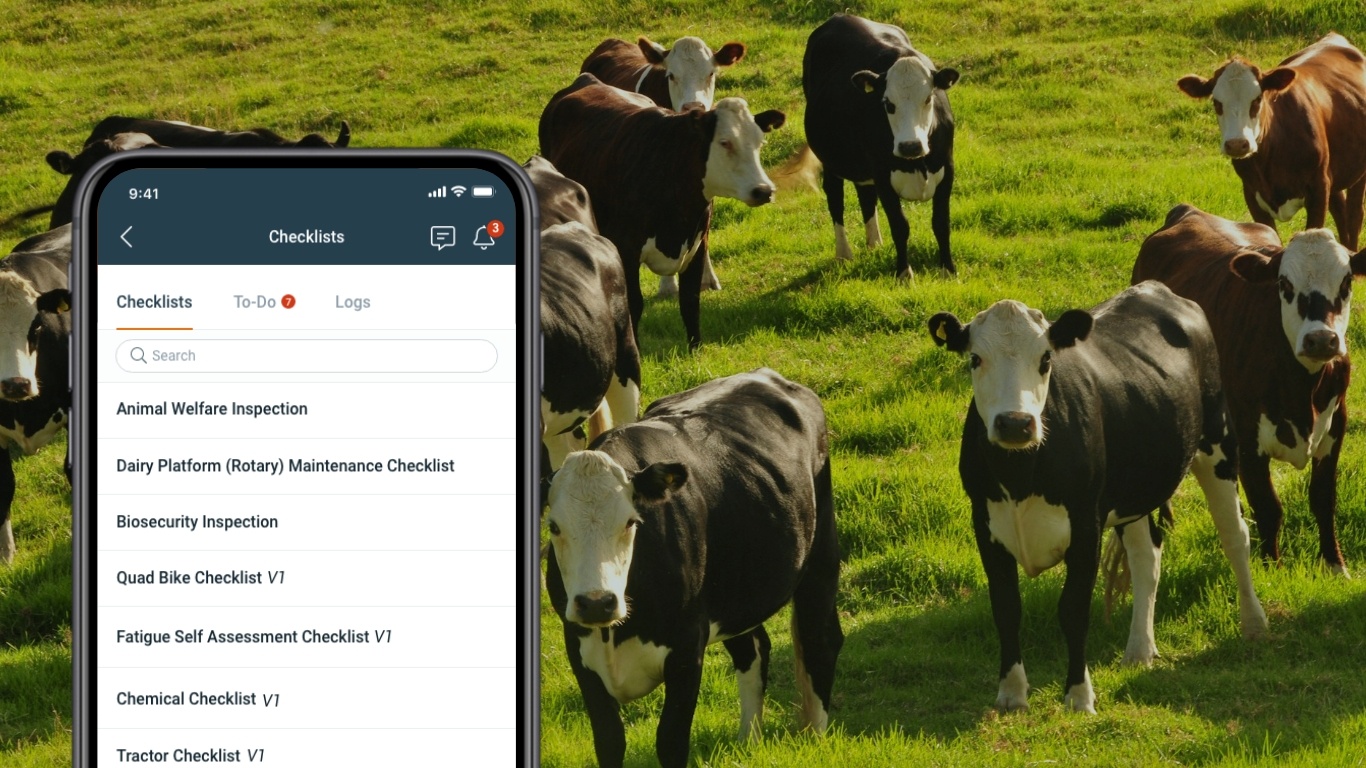
Identify hazards before they become a danger.
Provide a safer workplace with our range of dairy inspection templates. Tackle Animal Welfare, Biosecurity, Safe and Responsible Animal Treatment. Follow up Safety Inspections by creating tasks.
Communicate clearly with your contractors or workers. Create digital checklists and attach prestart checks to any machinery or equipment to complete tasks safely.
The right information to drive continuous improvements
Dairy farms are prone to hazards. You’re working with wet conditions, overhead powerlines, confined spaces, and more. When you can’t eliminate the hazard, you need to control the risks.
Near miss and Incident Reporting can provide steps to record the essential information. While hazard mapping can allow your team to pinpoint a hazard on-farm, including the effluent pond.
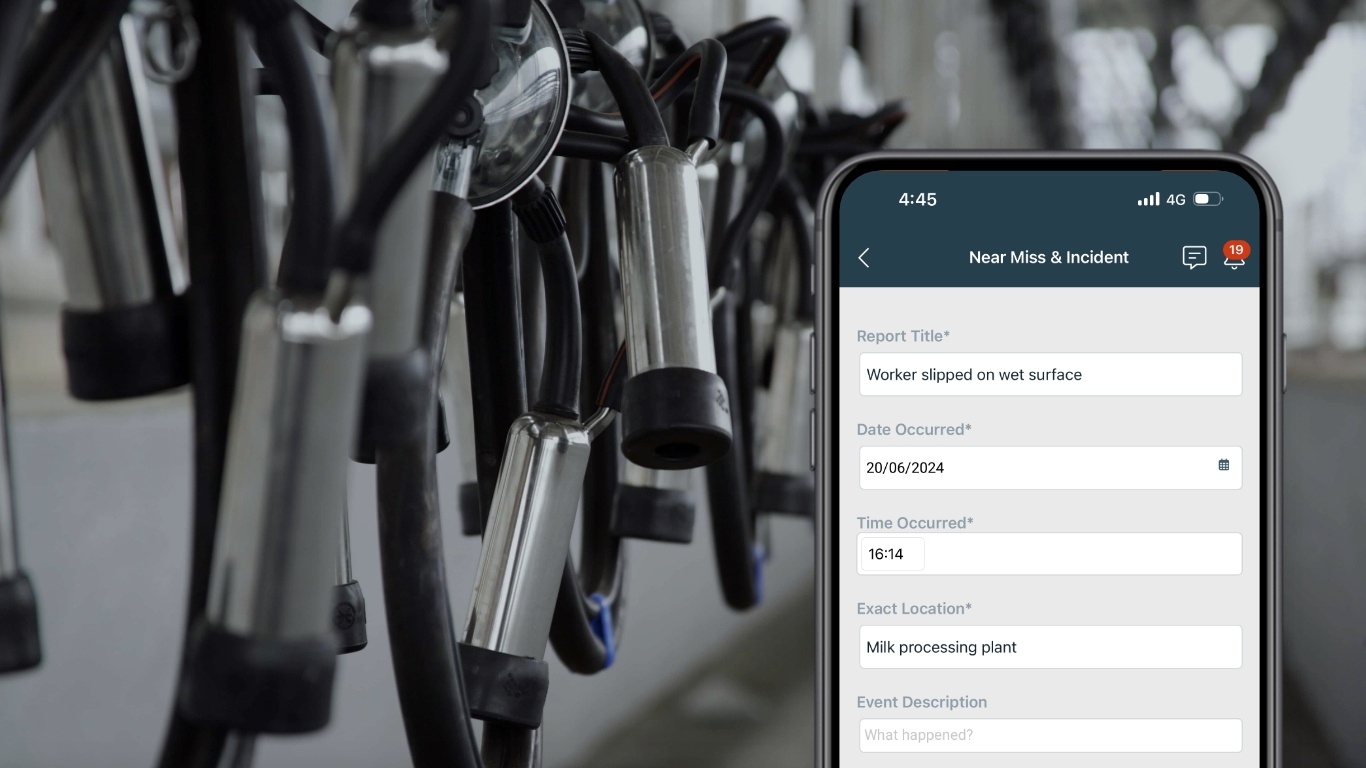
Dive into these must-read blogs
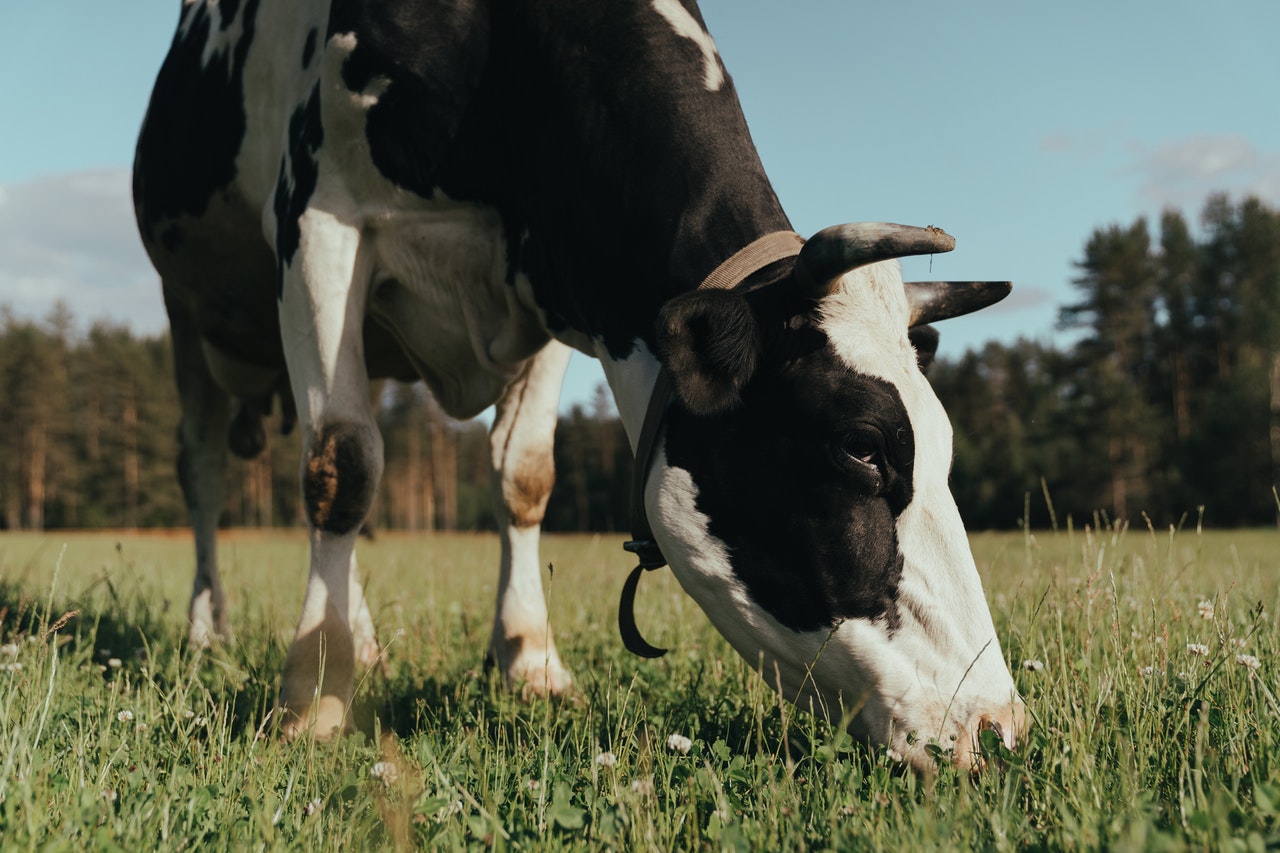
Top 5 Hazards in Dairy
It shouldn’t come as a surprise that animal handling is a big hazard for dairy workers since they manage large and often erratic animals.
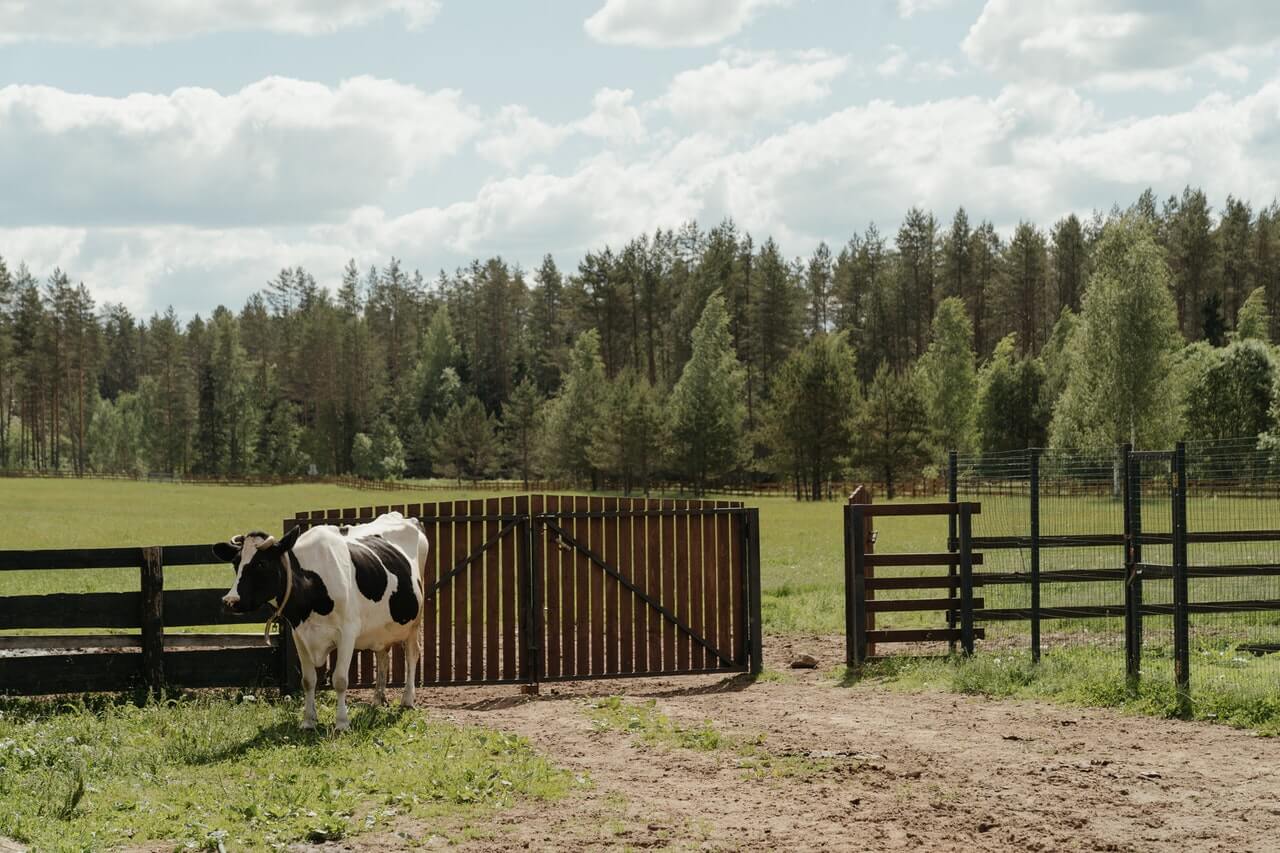
How do you manage a near miss or incident in dairy farming?
We have previously discussed what research tells us are the top hazards in the dairy industry. In this article we wanted to look at hazards from a different point of view.
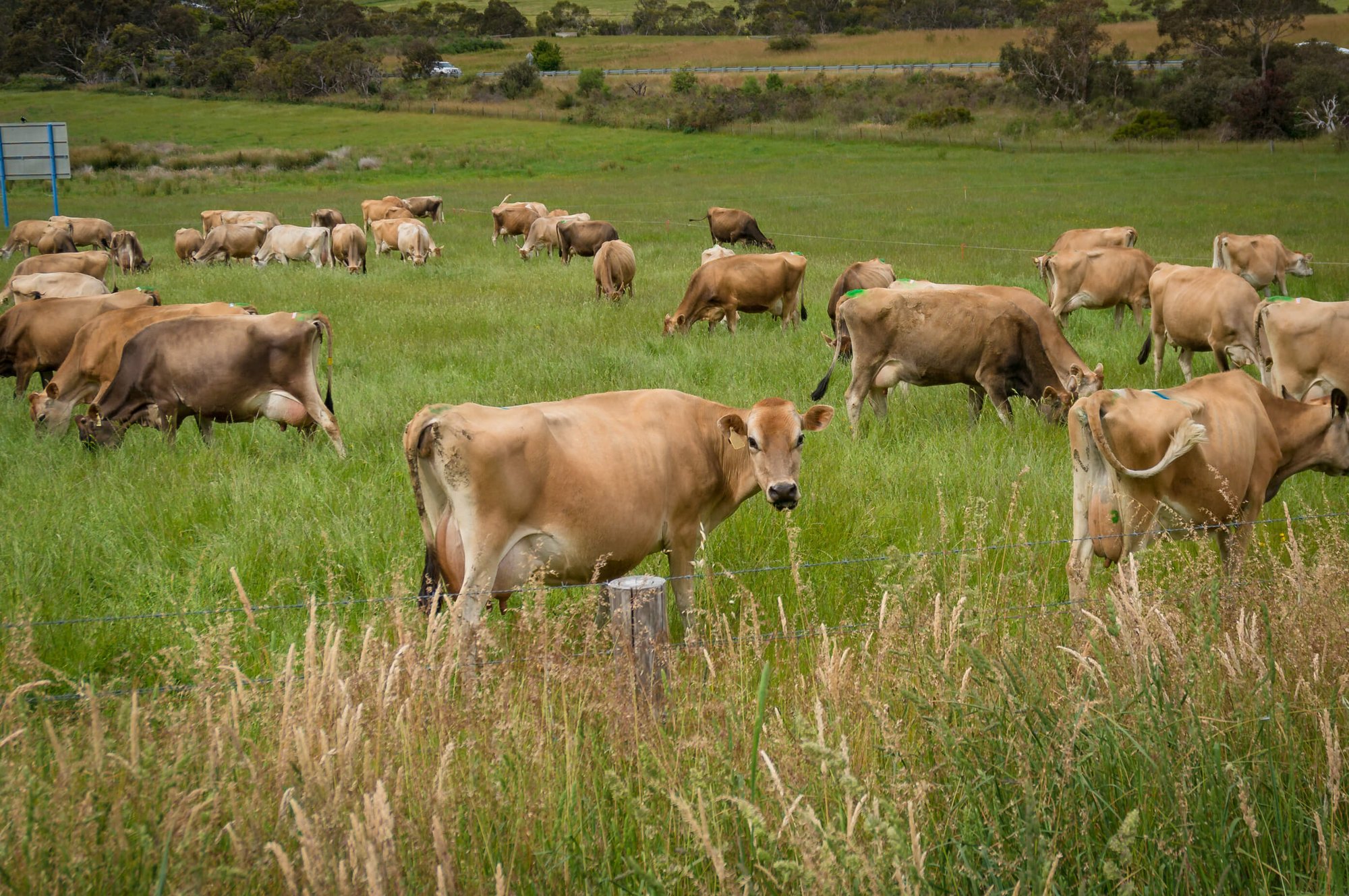
Benefits of implementing a safety management system in dairy farming
Dairy workers face unpredictable risks almost daily as Jane points out, in the dairy industry no two days are ever the same.
Benefits of Safe Ag Systems in Dairy Farming
Improved Productivity
Provide the right information, making it easily accessible, when its needed.
Reduced Incident Rates
Feel confident that your safety system is helping to reduce the risk of penalties or worse, prosecution.
Meet your Legal Obligations
Safety and compliance software developed by farmers and created by qualified WHS experts
It's not just about having the right set up. It’s about having the right training and mentality, being able to access what you need when you need it.
Lots of things that busy dairy farmers often don’t have time to think about. An app like this certainly makes it easy to be able to do that.










